What is an inguinal hernia?
An inguinal hernia happens when tissues or organs from inside the abdomen - usually the intestine - push through the abdominal wall into the groin. This is the most common surgical problem affecting otherwise healthy babies and children.
In boys, an inguinal hernia can reach down to the testicle, making a prominent swelling on one side of the scrotum. In girls, an inguinal hernia can present with a rounded lump in the groin and the most common organ involved is typical the ovary, which has been displayed from inside the abdomen to the groin.
Written by: Stefano Giuliani
Written on: 21.02.19
 Inguinal hernia: spot the signs in your child
Inguinal hernia: spot the signs in your child
As a parent, it's difficult not to worry if you notice an inguinal hernia, which presents itself as a visible bulge in the groin or scrotum, of your little one. Mr Giuliani, expert paediatric surgeon, explains more about the sings of an inguinal hernia and what you should do if you notice one.

What causes an inguinal hernia?
Babies with an inguinal hernia are usually born with an open connection between the tummy and the groin, which has failed to disappear after birth. The hernia is usually becoming evident a few weeks or months after birth as the baby becomes stronger, and the pressure inside the abdomen increases.
Even toddler and older children may have the hernia connection present since birth, but they develop a visible and painful hernia only later in life when they become more active and during sports.
It is known that your child is at higher risk of having an inguinal hernia if you have a family history of inguinal hernias.
"Mr Giuliani provided outstanding care to our 8-week old Son who was born with bilateral inguinal hernias. He was calm and friendly, and his professionalism and expertise left us feeling confident that our Son was in safe hands. We cannot thank him enough for the care he provided, and for making two anxious parents feel very reassured. We would thoroughly recommend him!"

Get in Touch
 Video consultations available -
Video consultations available - 